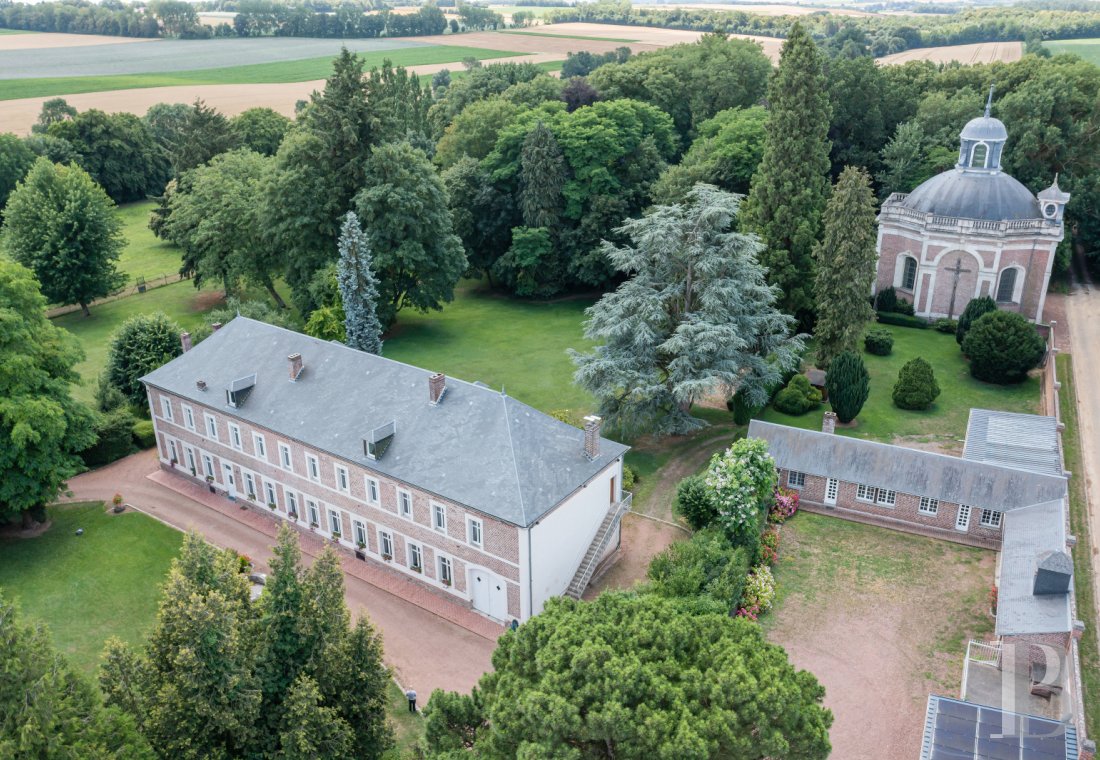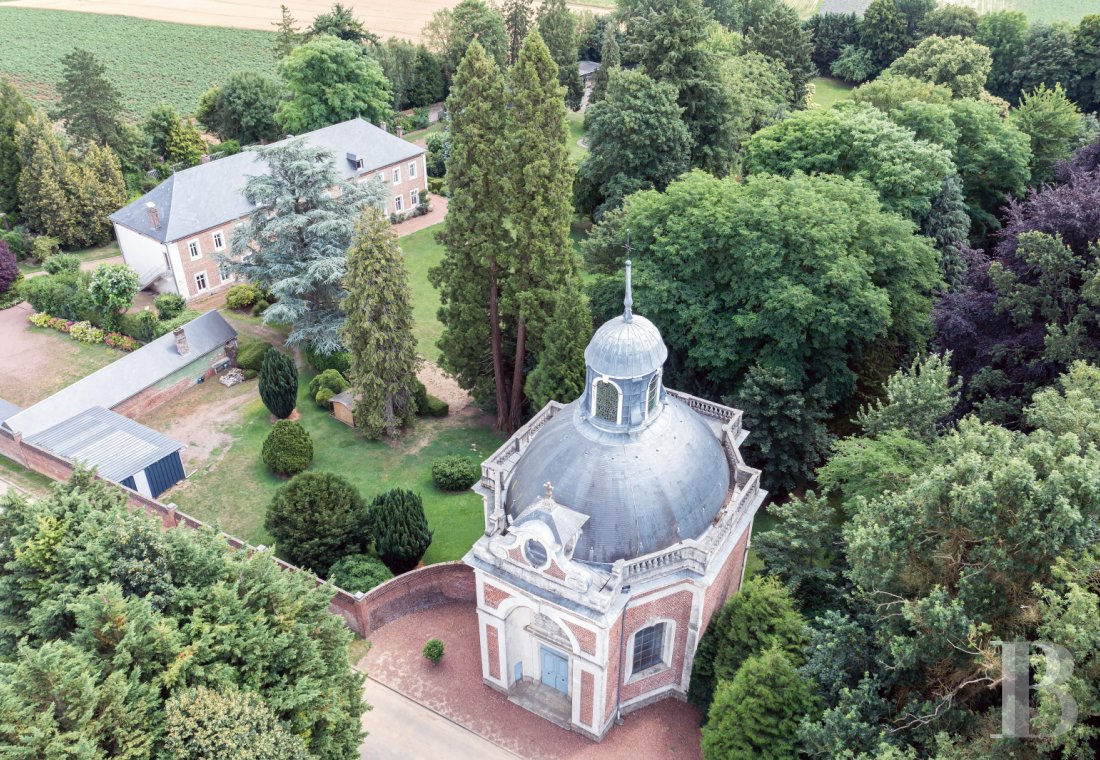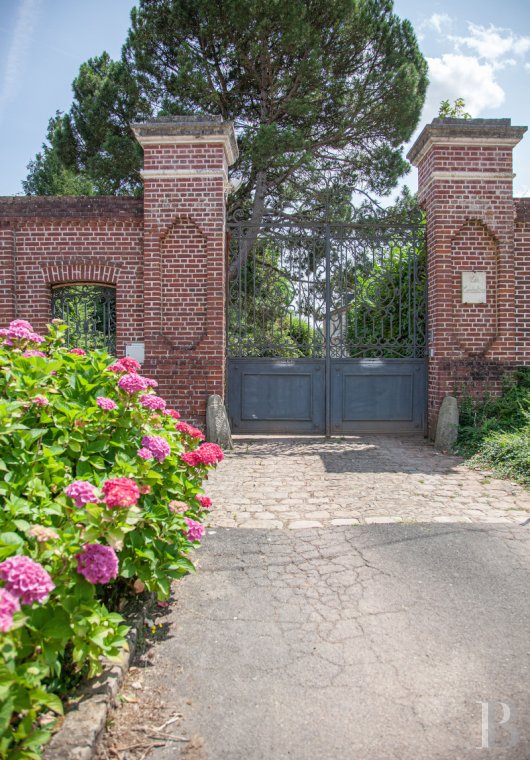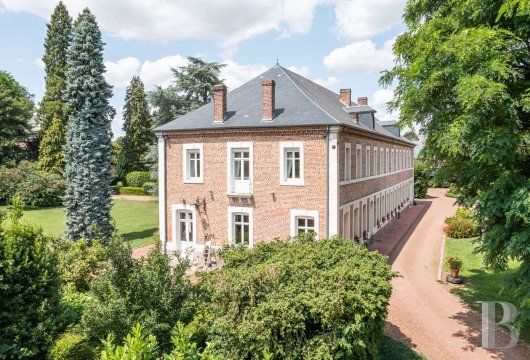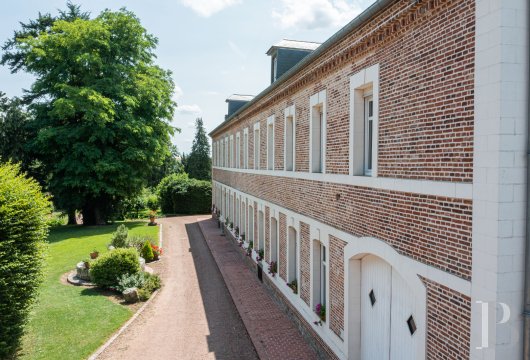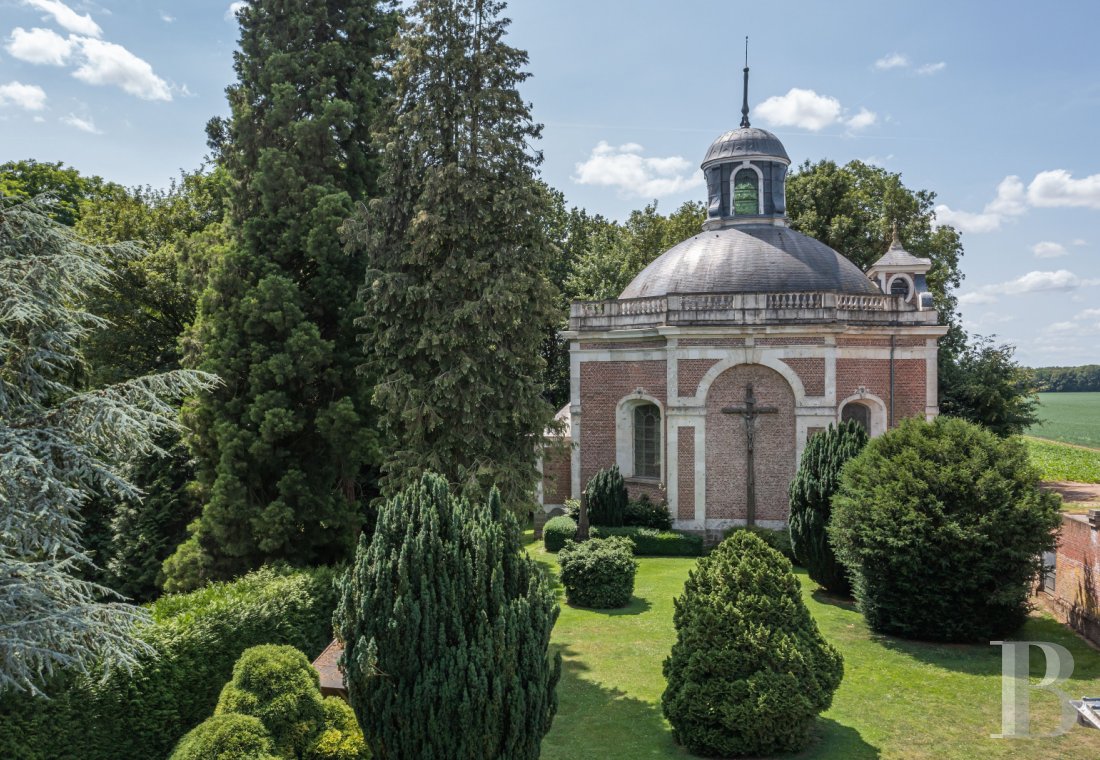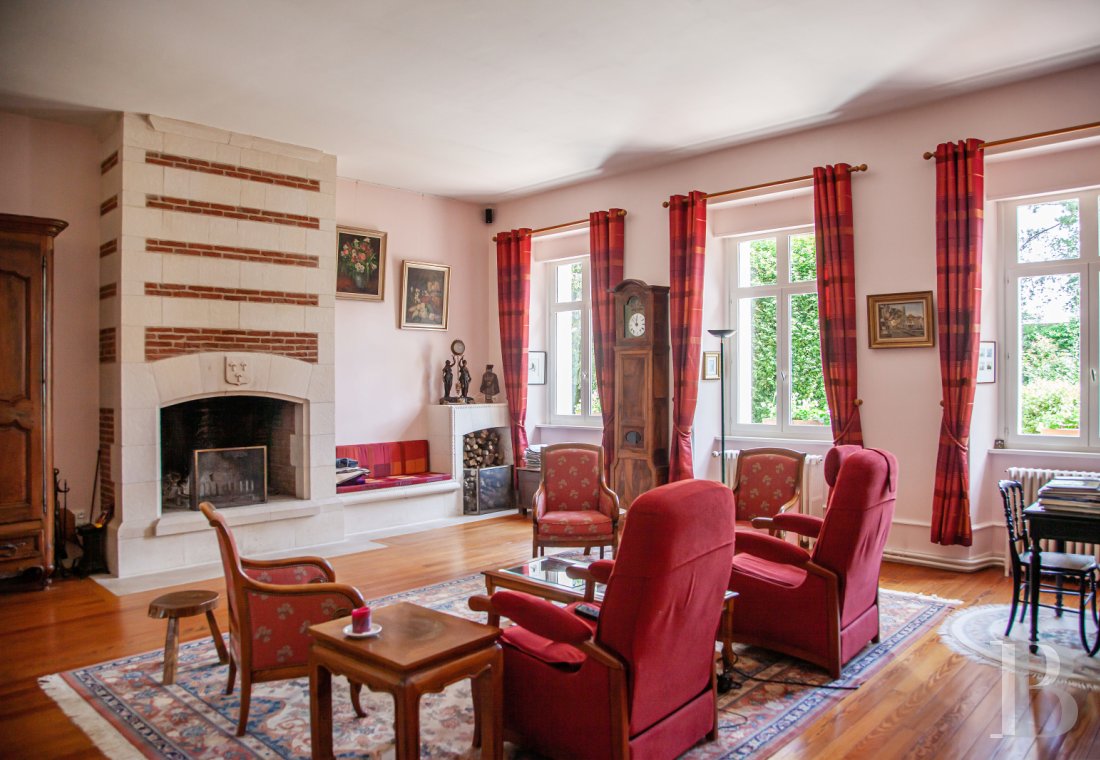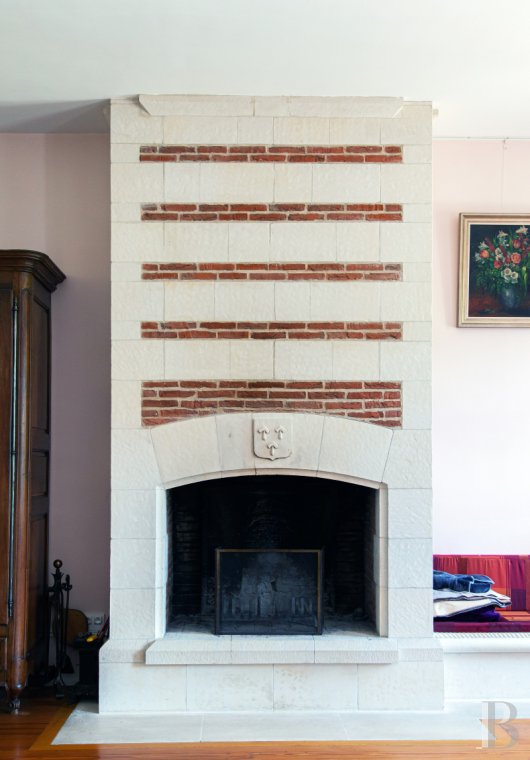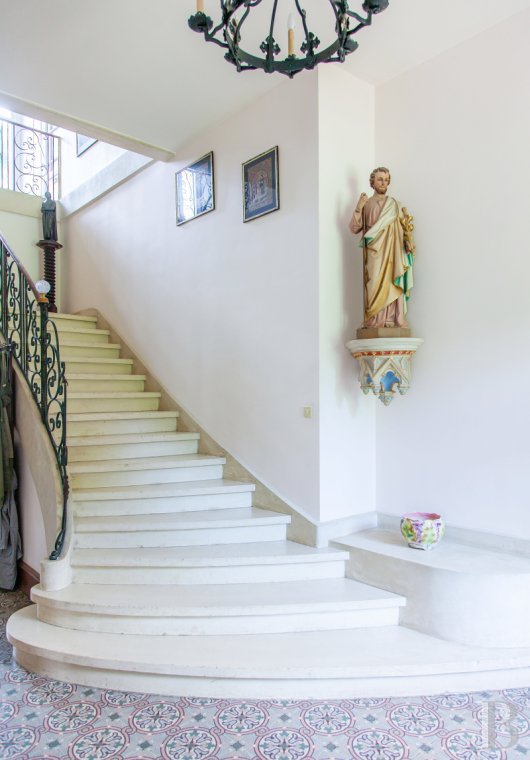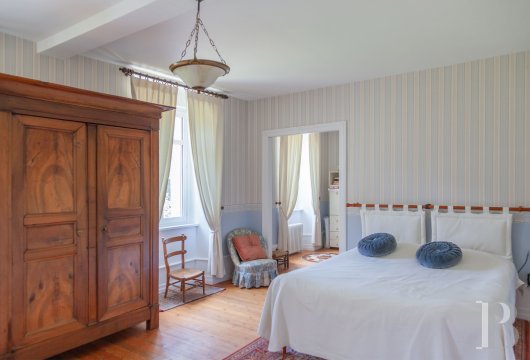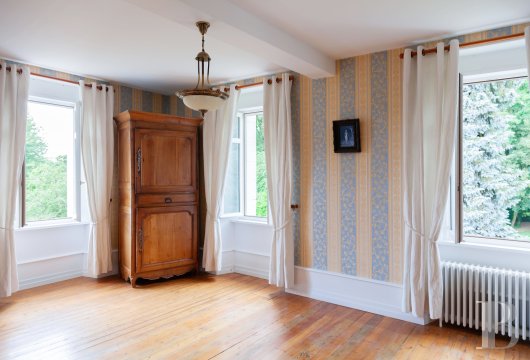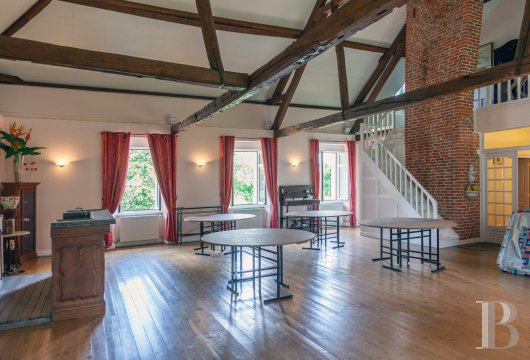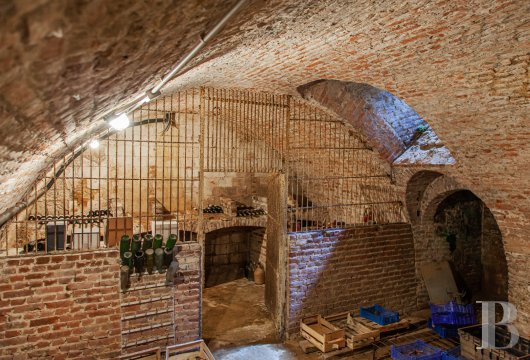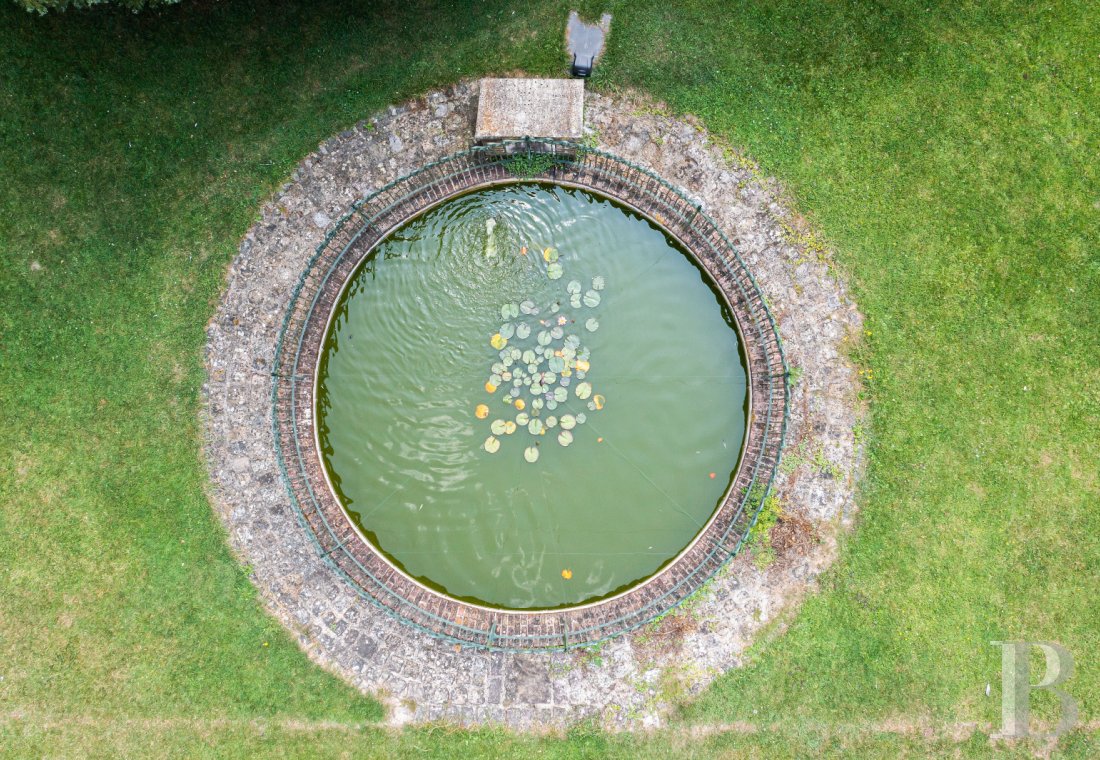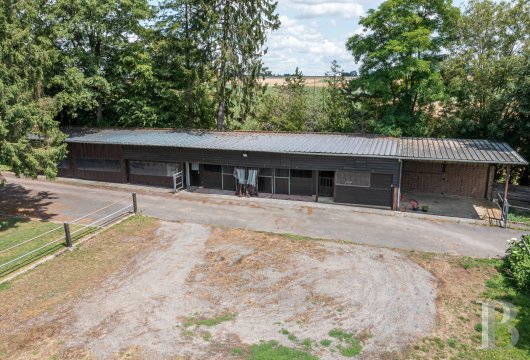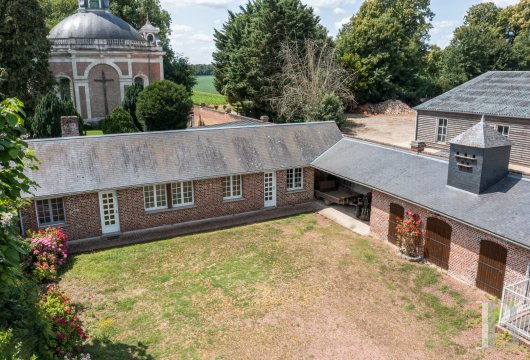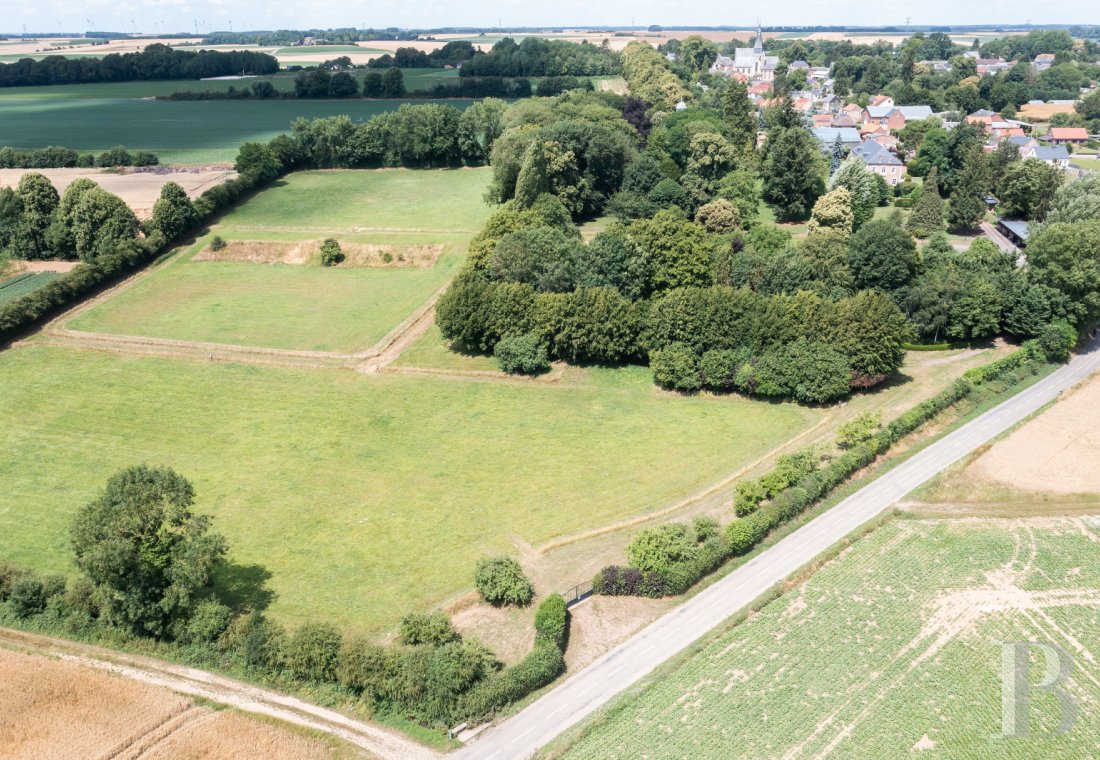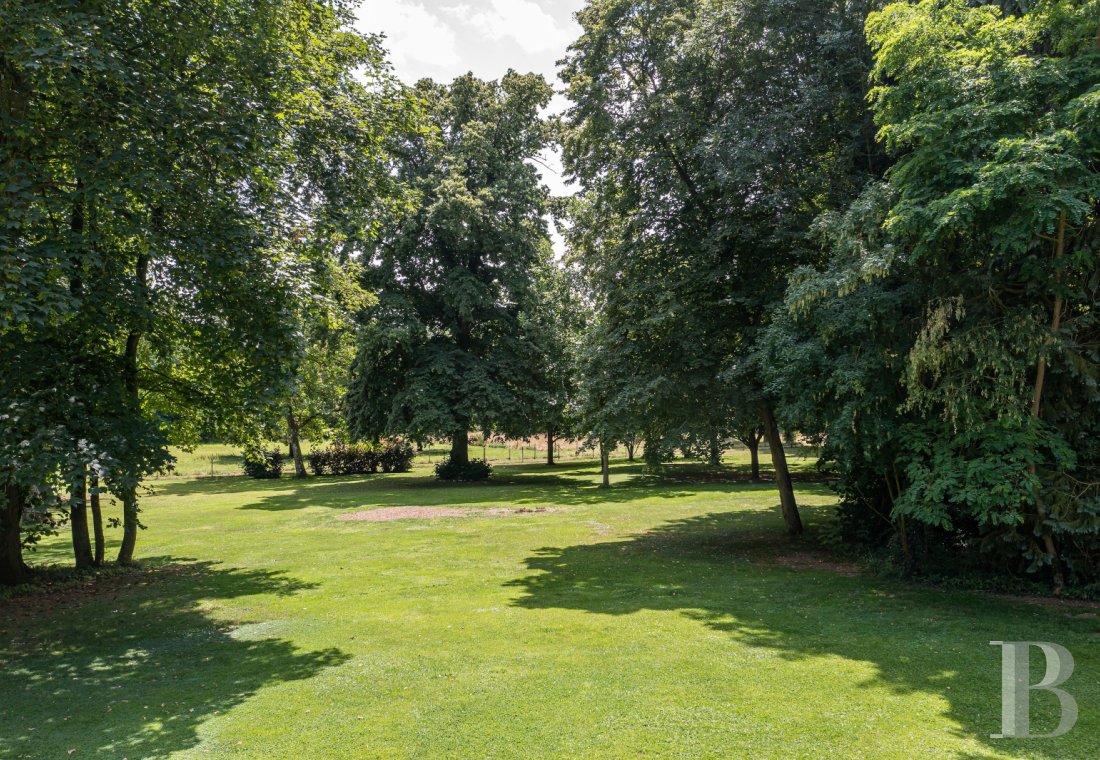Location
A land rich in culture, with the historic cities of Amiens, Arras, and Péronne closeby, the Somme is also a region of combat, marked by the conflict of 1870 during which the French and the Prussians repeatedly fought for control of the village where the property is located. During the Great War, the village was a strategic point for tending to the wounded from the Battle of the Somme.
Since the Middle Ages, the village owes its reputation to the presence of a leper hospital run by the Order of Saint John of Jerusalem. Today, its old walls house the town hall. At the other end of the village stands the old convent "des Cordeliers," named after the rope they wore around their waist. The property is set in a bucolic environment that is traversed by hiking trails and memorials of the First World War. The industrial revolution had little influence here, leaving vast hilly landscapes between agricultural fields and forests.
The property is located 2 hours from Paris, 30 minutes from Amiens, and 2 hours and 20 minutes from Brussels. The Bay of Somme is 1 hour and 15 minutes away. A train station that connects to Paris is just 10 minutes away.
Description
Nevertheless, one element has stood the test of time: the grandeur of the park, filled with tall, centuries-old trees, offering panoramic views of the surrounding countryside. Within the park, near the property's edge, stands a recently restored 18th-century, octagonal chapel. Made of stone and brick and topped with a lantern turret on its slate-covered roof, it harmoniously complements the architectural style of the residence.
The residence
Built on the foundations of the convent, the main structure dates back to the 17th century but was renovated in the 19th century. The rectangular building, with its main facade facing east, is entirely made of brick and spans two levels above the ground floor. It forms a wide and imposing dwelling with over ten windows on its main facade. In line with the dimensions of the windows, the main entrance door is made of wood and topped with a glass transom. The colors of the old bricks range from dark red to orange with golden reflections. During the renovation of the building, the focus was placed on the elegance of simplicity. To that end, there are no decorative elements or embellishments on the facades, except for two continuous cornices above the ground floor and under the upper floor. The cornerstones are reminiscent of the window frames, also made of stone. The facade facing the park is identical to the facade facing the courtyard, apart from four large arched windows with French doors that distinguish it. The hip roof is covered with natural slate. Everything has been restored recently, following the rules of the trade: the bricks have been re-pointed, the slate roof has been redone, and the windows with white frames shine brightly.
The ground floor
Behind the door, an entrance hall with while walls, half-height wainscoting and tall ceilings leads to a winding marble staircase from around the 1950s. Its wide base and impressive flight of steps give an imposing sense of elevation. Its balustrade, adorned with wide volutes and a polished wooden handrail, begins with a beveled glass sphere. The vibrant green and brown colors of the cement tile floor add a lively touch to the entire vestibule, which branches off to a large gallery and a kitchen on one side, and a small living room on the other, illuminated by seven windows offering three different exposures and complete with a fireplace.
On the opposite side, the gallery, formerly a monks' ambulatory, impresses with its size and views of the park. Before World War II, it was open to the outside. Today, large French doors flood the space with natural light while preventing drafts. Surprisingly, the interior wall is made of large stones, while the exterior facade is covered in brick. The second wall of the gallery is painted in a creamy color with a solid wood wainscoting at half-height. The floor is covered with colorful cement tiles. At the far end, a door opens to a storage room and a garage. The gallery also leads to a lounge and a dining room. These two reception rooms, with straight parquet floors, stand out with a contemporary-style fireplace made of brick and stone in the lounge, and an antique stove niche in the dining room. Finally, a hallway leads to the kitchen featuring wooden cabinets and equipped with modern appliances.
The first floor
At the top of the staircase, a landing with a central hallway leads to six bedrooms, each ranging in size from approximately 20 to 30m². Each bedroom features a straight parquet floor and enjoys ample light with at least two windows per room. An office, four bathrooms or shower rooms, and a laundry room complete this section of the level. At the far end of the building, a spacious reception hall of about 90m² features straight parquet floors and tall ceilings, reaching up to 5 meters, with impressive rafters. It is an ideal space for hosting numerous guests without encroaching on the private quarters thanks to a separate entrance and staircase. The reception area is equipped with restrooms, a small kitchen and a mezzanine of approximately 30m² providing space for an orchestra.
The attic
The last level remains to be refurbished. Currently used as an attic, its wooden flooring and quality insulation give it the potential to be transformed into an additional living space.
The cellar
Located beneath the main building, these spaces have vaulted ceilings and are entirely made of brick. A hallway leads to three separate areas: a boiler room, a pantry, and a wine cellar.
The outbuildings
Near the residence, an ensemble of service buildings are arranged around a courtyard. Their brick walls and slate covered roofs recall the architectural qualities of the main residence, integrating them harmoniously into the property. The outbuildings include a two-car garage, a storage room, a kennel, a dovecote, and a single-story caretaker's house of approximately 45m² consisting of a living room, a bathroom, a kitchen, and a bedroom. Further on, towards the pastures, a stable with three boxes, including a shelter, a storage room for hay and a woodshed, adds an equestrian dimension to the property.
The land
It is divided between 2 hectares of parkland and 4 hectares of pastures. A vast expanse of lawn stretches out in front, with a backdrop of centuries-old trees forming a natural, green setting that complements the residence perfectly. The park is adorned with large specimens of various noble tree species, including oaks, maples, acacias, and hornbeams, as well as conifers such as a blue cedar and a sequoia. Fruit trees at the back of the building provide seasonal supply to the home's tables. Further on, the pastures offer ample grazing space for horses and cattle to enjoy the lush grass of the region.
Our opinion
Originally a place of calm and prayer, the convent endured several major conflicts between European powers before being transformed into a comfortable family home surrounded by 6 hectares of parkland and pastures. As an observatory of the battles that took place in its surroundings, the property exudes a deep sense of humanity, far from the hustle and bustle, that has withstood wars and revolutions while remaining a haven of tranquility.
Today, its architectural coherence and excellent condition are striking. The talent and imagination of its future occupants will easily unlock the potential of its vast interior and exterior spaces, making it ideal for family life or for various commercial, event-related, and/or equestrian projects.
Reference 683506
| Land registry surface area | 6 ha |
| Main building surface area | 750 m2 |
| Number of bedrooms | 7 |
| Outbuilding surface area | 300 m2 |
NB: The above information is not only the result of our visit to the property; it is also based on information provided by the current owner. It is by no means comprehensive or strictly accurate especially where surface areas and construction dates are concerned. We cannot, therefore, be held liable for any misrepresentation.


